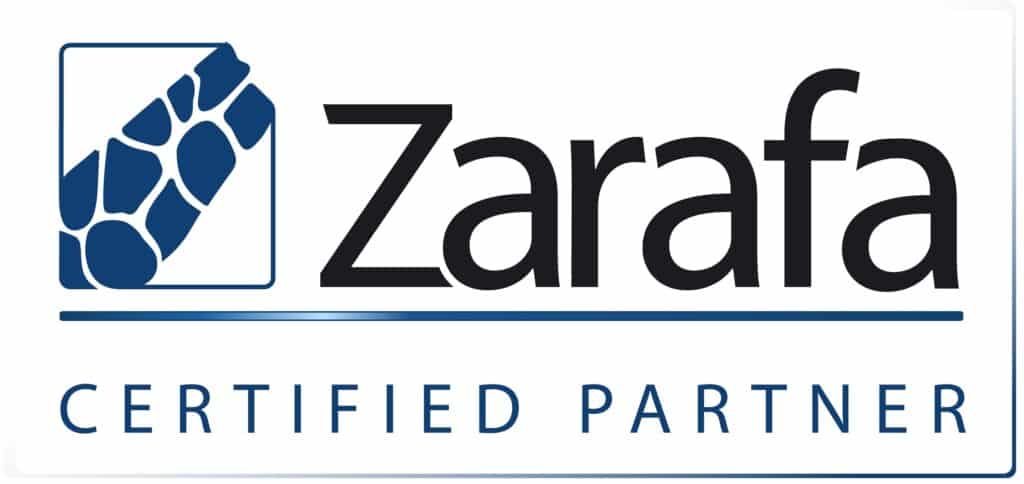A Customer Relationship Management Software Developer Can Craft the Perfect Solution

Customer relationship management (CRM) is one of many key business domains that is being enhanced by software. Like accounting, supply chain, and enterprise resource planning, the tools required for streamlining connections with future and existing customers are essential for any business. Not only that, but an effective CRM solution must have the ability to plug […]
Outsourced IT Network Support Has Many Advantages For Small and Medium Sized Businesses (SMB)

For many small or medium sized businesses (SMB), IT network support is becoming prohibitively expensive, yet they have a significant capital investment in their current equipment and software that makes a move to the cloud inappropriate until those assets are further amortized. That’s a perfect example of a situation in which outsourcing a company’s IT […]
Zarafa: The Premier Open Source Email & Collaboration Software

Email and collaboration are cornerstones of today’s business. Zarafa gives you the most reliable email and collaboration software on the market with more speed and greater stability than that of big name software!Zarafa has some pivotal advantages that make it the superior choice over its competitors: No learning curve With a similar appearance and feel […]
What are the financial benefits of a Hosted Email solution?

The average employee of a modern company sends and receives email with little thought to as how much overhead is required to maintain the system. However, those that manage the IT budget do, and over time the paradigm of on-premise, company hosted and managed email servers has started to show inefficiency. Thankfully, there are many […]
Moving Your Business to the Cloud

Making the switch to cloud computing is both a painless and effective move that is crucial to your businesses productivity and efficiency. You will see vast improvements in your day to day operations when you utilize our cloud computing solutions and here is why. Collaboration Through cloud computing employees can share and edit projects simultaneously […]

